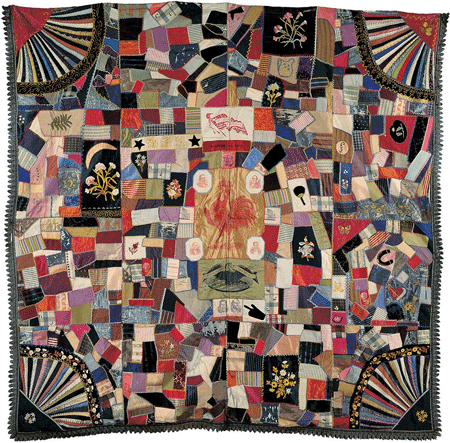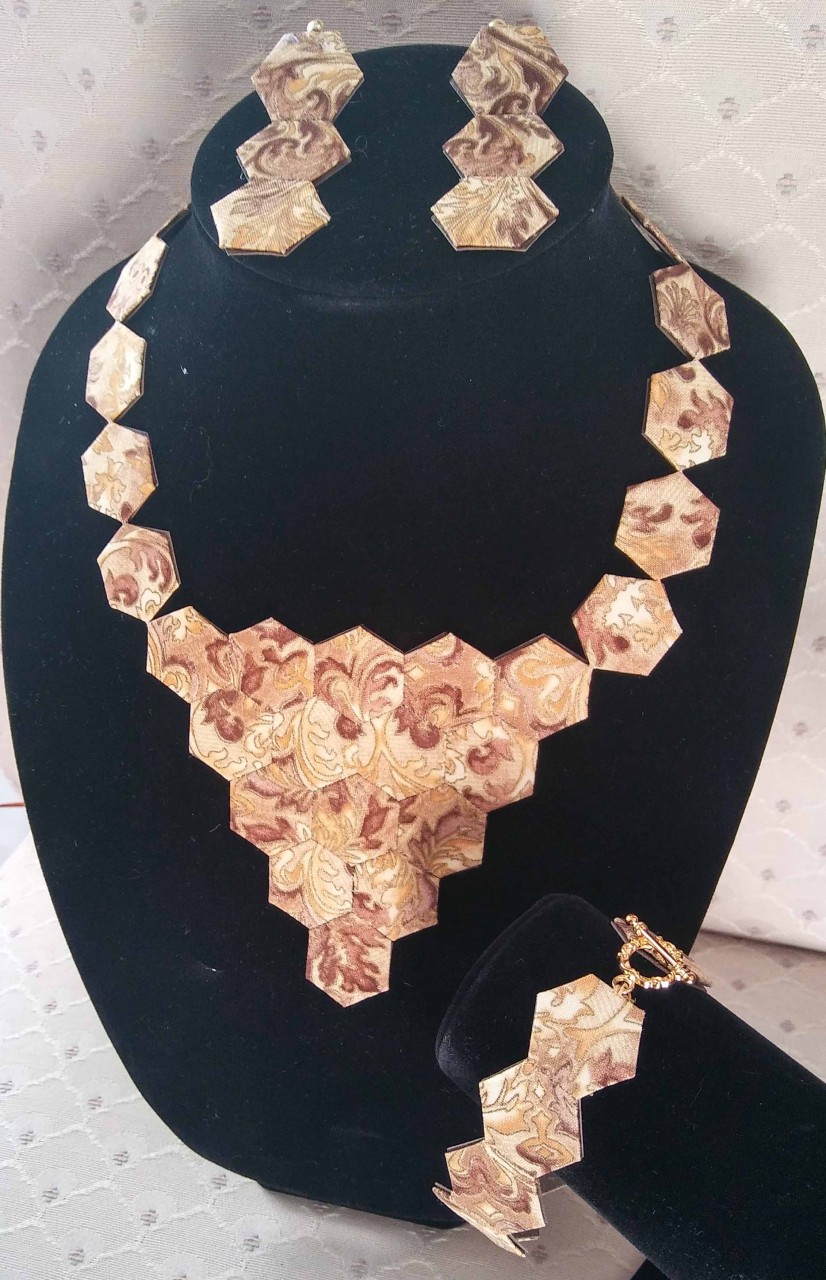
As I write this, it was 100 years ago today August 18, 1920 that women got the right to vote in the US. The 19th Amendment was ratified by enough states, the three-fourths required. However, the push for women’s right to vote started about 100 years before the right to vote was passed. It wasn’t until the 1848 Women’s Right Convention in Seneca Falls that a coalition was formed. The Seneca Falls Convention also known as the first women’s rights convention advertised the event “to discuss social, civil, and religious condition and rights of woman.” After worship on Sunday July 9th, 1848 Lucretia Coffin Mott (a well-known orator), Mary Ann M’Clintock, Martha Coffin Wright (Mott’s sister), Jane Hunt, and Elizabeth Cady Stanton met for tea and began discussions about the convention. The convention would be held...





